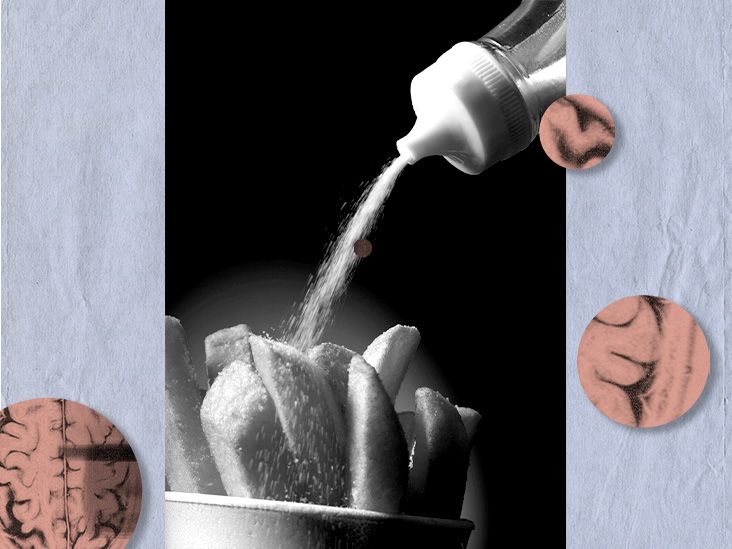Shell shock is a term originating from World War 1 to describe soldiers experiencing symptoms related to direct warfare. Post-traumatic stress disorder (PTSD) is a mental health condition that can occur due to experiencing traumatic events, including war and abuse.
Shell shock previously described soldiers experiencing shaking, tremors, and confusion due to direct combat in World War 1. Health experts did not fully understand the condition, which did not have effective treatment options.
PTSD indirectly replaced shell shock as a formal diagnosis in the 1980s. Anyone who experiences a traumatic event can develop PTSD, including soldiers in an active war zone.
This article reviews the history of shell shock and PTSD, including discussing symptoms, causes, treatments, and diagnosis.

Shell shock traces its origin to World War I. During the early years of the war, medics reported varying cases of mental shock and nervousness.
In
Following the publication, soldiers and medics started to refer to the disorder as shell shock.
It first entered medical terminology in 1915, when Charles Myers published a paper in The Lancet. He also suggested that the condition was actually psychological in nature.
Still, attitudes about shell shock were initially unfavorable, with many believing it involved cowardice.
In
Today, mental health professionals recognize that anyone who lives through a traumatic event — such as war, abuse, car accidents, or terror attacks — may develop PTSD.
Early reports of shell shock reported several symptoms relating to nearby explosions.
Symptoms that health experts recorded as shell shock included:
- blindness
- deafness
- “dumbness,” which likely indicated that the person appeared unresponsive or unable to talk
- violent tremors
- paralysis affecting the legs or both legs and arms
Symptoms may last for
Treatments for shell shock ranged from prescriptions of milk to lobotomies.
Psychologist William McDougall believed an effective treatment would involve cognitive and affective reintegration. This approach relied on being close to combat, prompt treatment, and an expectancy to return to the front lines. This became known as “PIE.”
With military approval, Myers was able to set up four specialty units in December 1916.
However, large battles during World War 1 would overwhelm these facilities, helping fuel criticism of his methods and lending further belief to shell shock relating to cowardiceness.
As a result, treatment was often ineffective. This caused many to go on to develop what medical professionals now refer to as PTSD.
Shell shock is no longer a term that medical professionals use. Reports of the condition resemble what is now known as PTSD.
Shell shock is one of the first acknowledgments of the psychological stress relating to war.
While shell shock specifically described responses to warfare, PTSD can occur in anyone who experiences a terrorizing or traumatic event. Although it can occur due to war experience, it may also occur due to car accidents, surviving a terror attack, or any number of other causes.
Another difference is that PTSD is a diagnosable mental health condition that medical professionals have recognized since 1980.
Several different events can cause PTSD to develop. Other causes include:
- combat experience
- car accidents
- witnessing or experiencing sexual or physical abuse or assault
- natural disasters
- terrorist attacks
- any other serious situation
About
Learn more about what causes PTSD.
Symptoms will often start within
Symptoms fit into several different categories, including:
- reexperiencing symptoms
- arousal and reactivity symptoms
- avoidance symptoms
- cognition and mood symptoms
Reexperiencing symptoms may include:
- physical signs of stress
- recurring memories or dreams related to the event
- flashbacks
- distressing thoughts
Arousal and reactivity symptoms may include:
- feeling tension, on edge, or on guard
- trouble falling asleep or staying asleep
- easily startled
- trouble concentrating
- engaging in reckless or destructive behavior
- feeling irritable
- having angry or aggressive outbursts
Avoidance symptoms may include avoiding thoughts or feelings about the event. It may also include avoiding events, objects, or places that remind a person of the experience.
Cognitive and mood symptoms can include:
- a loss of interest in activities
- difficulty remembering features of the traumatic event
- ongoing negative emotions, including anger, guilt, shame, or fear
- feeling socially isolated
- negative beliefs about themselves or the world
- trouble experiencing positive emotions
Learn more about the symptoms of PTSD.
For a doctor to diagnose PTSD, a person must present with symptoms for a minimum of
Other medical conditions or medications must not cause the symptoms.
The symptoms must include at least:
- two cognition and mood symptoms
- one reexperiencing symptom
- two arousal and reactivity symptoms
- one avoidance symptom
The treatments for PTSD often involve three aspects of care. They
- Psychotherapy: Often called talk therapy, psychotherapy for PTSD can take several forms and include individual, group, and family sessions. Treatment often lasts about 6 to 12 weeks.
- Medications: Currently, the Food and Drug Administration (FDA) approved two forms of selective serotonin reuptake inhibitors (SSRIs) for PTSD. Healthcare providers can prescribe these medications during diagnosis.
- Combination of psychotherapy and medications: This involves a combination of psychotherapy and medications, which some people may find more beneficial than one treatment type alone.
The term “shell shock” originated in World War 1 and described the responses some people had to warfare.
Post-traumatic stress disorder (PTSD) became a medically recognized term in the 1980s. Although it does not replace shell shock, it is a current diagnosis for soldiers experiencing combat and others going through traumatic events.


